The world of paddle tennis has seen a surge in popularity over the past decade, with enthusiasts and professionals alike drawn to its fast-paced, engaging gameplay. One of the most critical yet often overlooked aspects of the sport is the distance between the paddle tennis wall and the players. This element, known as the wall distance, plays a pivotal role in shaping the dynamics of the game, influencing everything from player strategy to the overall pace of play.
The Importance of Wall Distance in Paddle Tennis
In paddle tennis, the wall distance refers to the space between the playing area and the surrounding walls. Unlike traditional tennis, where the court is open, paddle tennis courts are enclosed, and the walls are very much in play. This unique feature adds a layer of complexity to the game, as players must account for the ball's rebound off the walls when planning their shots. The standard wall distance in professional paddle tennis courts is carefully regulated to ensure a balanced and competitive game.
The wall distance affects how the ball behaves after it hits the wall. A shorter distance means the ball returns to the playing area more quickly, demanding faster reflexes and sharper decision-making from the players. On the other hand, a longer wall distance allows for more strategic play, as players have additional time to anticipate the ball's trajectory and position themselves accordingly. This balance between speed and strategy is what makes paddle tennis so captivating to both players and spectators.
How Wall Distance Influences Player Strategy
Players must adapt their strategies based on the wall distance of the court they are playing on. In courts with shorter wall distances, the game tends to be more aggressive, with players relying on powerful, quick shots to keep their opponents on the defensive. The reduced reaction time forces players to stay alert and ready to respond at a moment's notice. This style of play often leads to shorter, more intense rallies that can be thrilling to watch.
Conversely, in courts with longer wall distances, the game adopts a more tactical approach. Players have the luxury of time to set up their shots, allowing for more precise placement and spin. This often results in longer rallies, where patience and shot selection become key factors in determining the outcome of the point. The ability to read the ball's rebound off the wall and anticipate its path is a skill that separates the best players from the rest.
The Evolution of Wall Distance Standards
The regulation of wall distance in paddle tennis has evolved over the years as the sport has grown. Early versions of the game featured varying wall distances, leading to inconsistencies in gameplay. As paddle tennis gained recognition as a competitive sport, governing bodies established standardized measurements to ensure fairness and uniformity across tournaments. Today, the International Paddle Tennis Federation (IPTF) mandates specific wall distances for professional courts, which are adhered to by players and organizers worldwide.
These standards have been refined through years of experimentation and feedback from players. The current regulations strike a delicate balance, providing enough space for strategic play while maintaining the fast-paced nature that defines paddle tennis. This consistency has been instrumental in the sport's global expansion, as players can compete on familiar terms regardless of location.
The Impact of Wall Distance on Training and Development
For aspiring paddle tennis players, understanding and adapting to different wall distances is a crucial part of their development. Training on courts with varying wall distances helps players build versatility and adaptability, essential traits for competitive play. Coaches often incorporate drills that focus on wall rebounds, teaching players how to judge the ball's speed and angle after it hits the wall.
Moreover, practicing on courts with shorter wall distances can improve a player's reflexes and reaction time, while longer wall distances hone their strategic thinking and shot placement. This comprehensive approach to training ensures that players are well-rounded and prepared for any competitive scenario. The wall distance, therefore, is not just a physical attribute of the court but a fundamental aspect of a player's growth in the sport.
Future Trends in Paddle Tennis Wall Distance
As paddle tennis continues to evolve, there is ongoing discussion about potential adjustments to wall distance regulations. Some proponents argue that reducing the wall distance further could make the game even more dynamic and spectator-friendly. Others believe that maintaining the current standards is essential to preserving the sport's integrity and strategic depth.
Technological advancements, such as augmented reality and ball-tracking systems, may also influence how wall distance is perceived and utilized in training and competition. These tools could provide players with real-time data on ball rebounds, offering new insights into optimizing their gameplay based on wall distance. Whatever the future holds, the wall distance will remain a cornerstone of paddle tennis, shaping the sport for years to come.
In conclusion, the wall distance in paddle tennis is far more than just a measurement—it is a defining feature that influences every aspect of the game. From player strategy to training methodologies, its impact is profound and far-reaching. As the sport grows, so too will the innovations and discussions surrounding this critical element, ensuring that paddle tennis remains as exciting and engaging as ever.
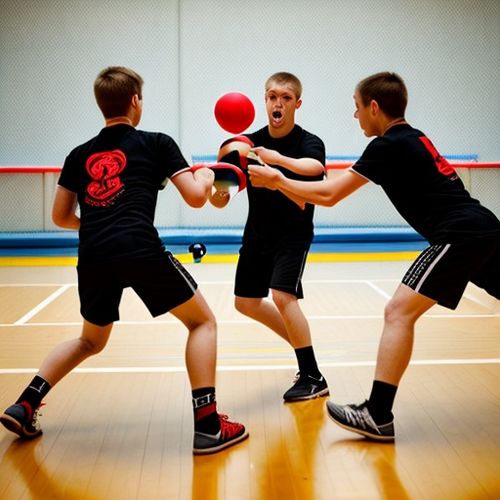
By Christopher Harris/May 8, 2025
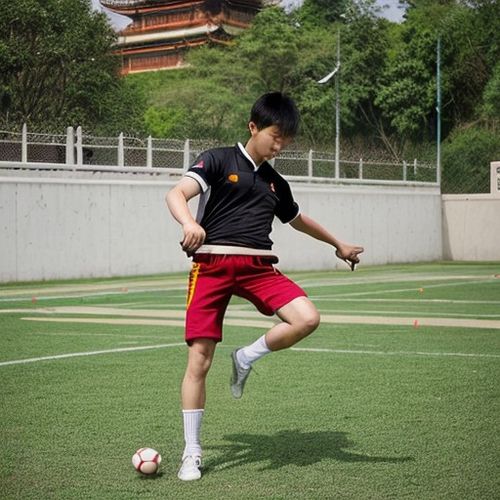
By Laura Wilson/May 8, 2025
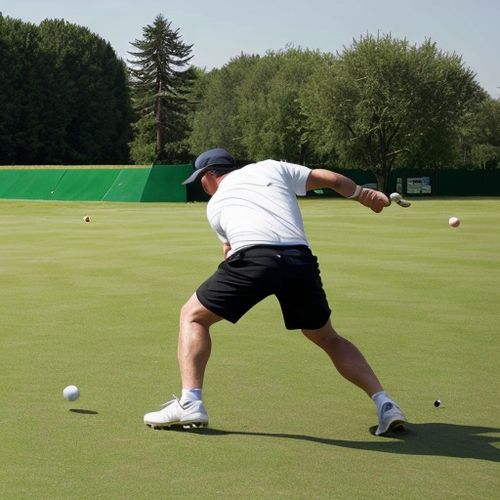
By Amanda Phillips/May 8, 2025
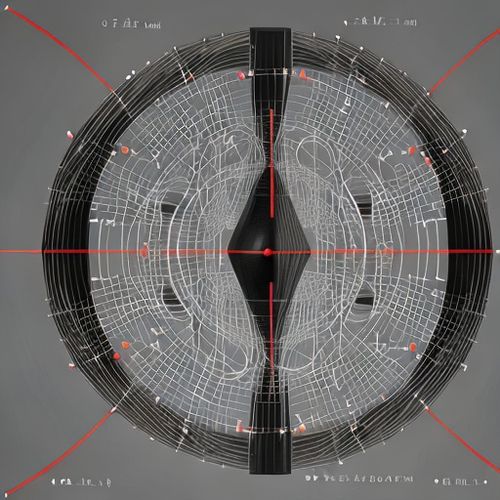
By William Miller/May 8, 2025
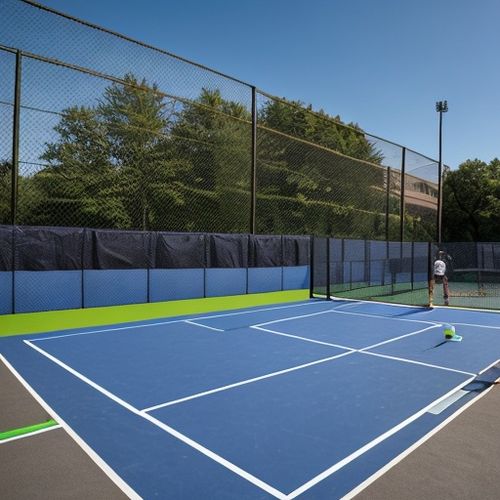
By Noah Bell/May 8, 2025
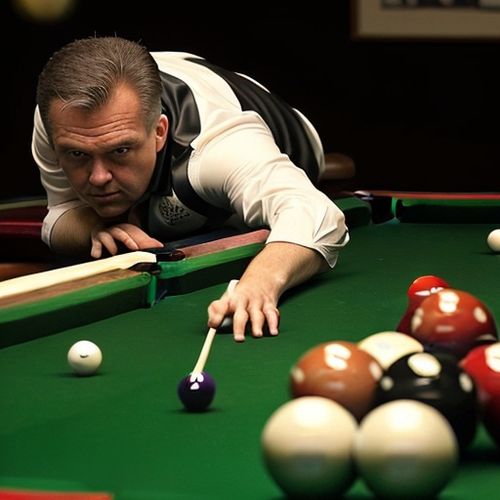
By Elizabeth Taylor/May 8, 2025
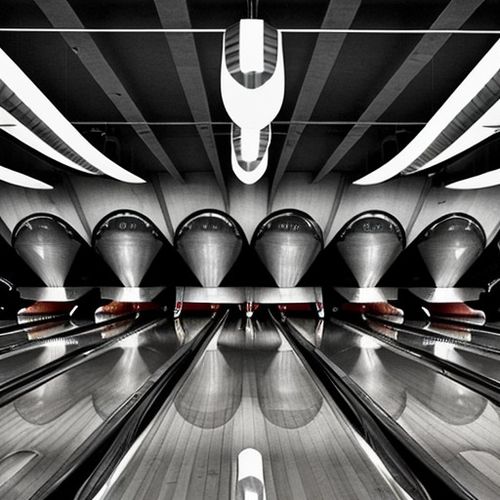
By Joshua Howard/May 8, 2025
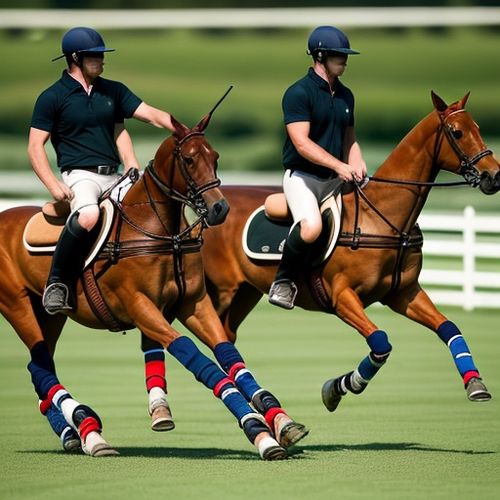
By Ryan Martin/May 8, 2025
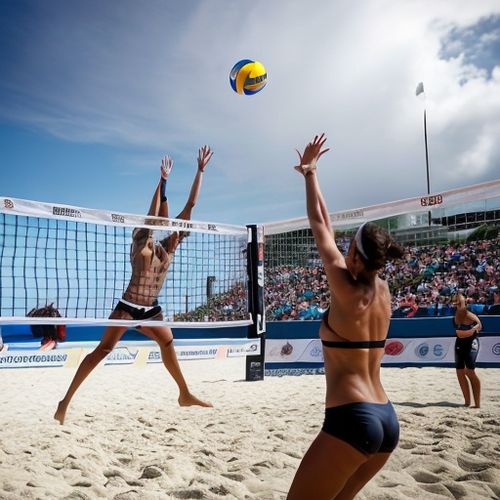
By George Bailey/May 8, 2025

By Natalie Campbell/May 8, 2025
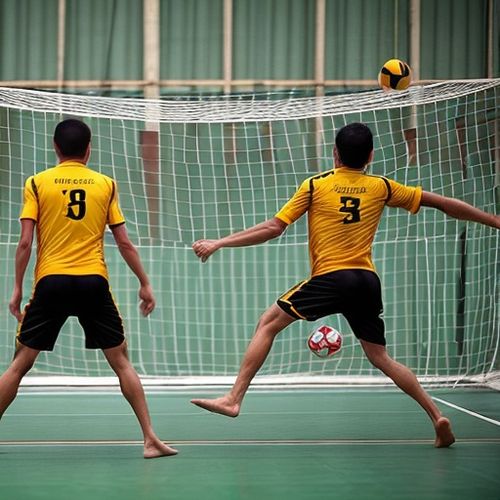
By Joshua Howard/May 8, 2025
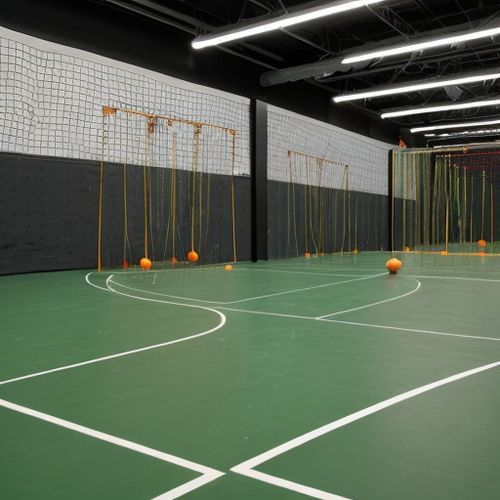
By Elizabeth Taylor/May 8, 2025
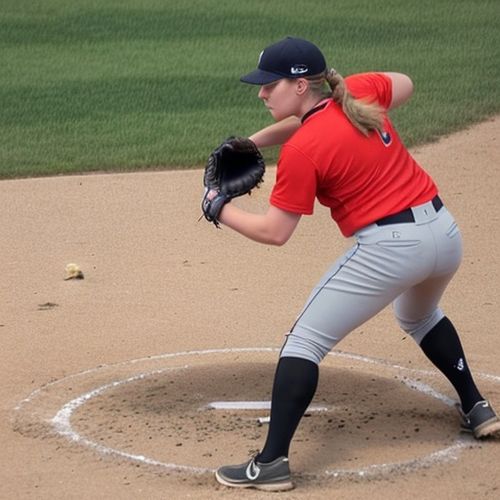
By Samuel Cooper/May 8, 2025
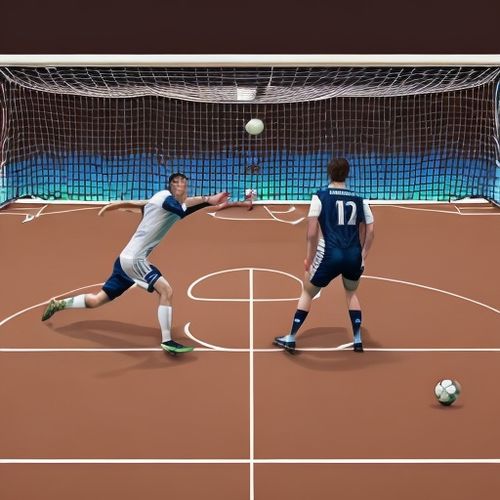
By Joshua Howard/May 8, 2025
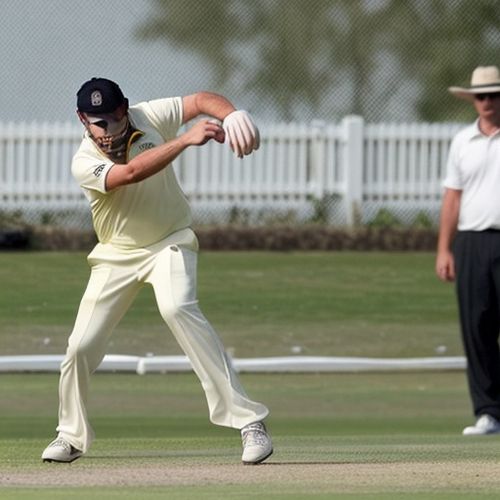
By Grace Cox/May 8, 2025
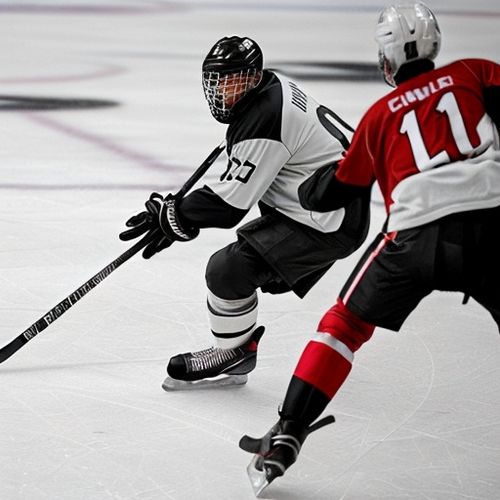
By Christopher Harris/May 8, 2025

By Samuel Cooper/May 8, 2025

By Sophia Lewis/May 8, 2025
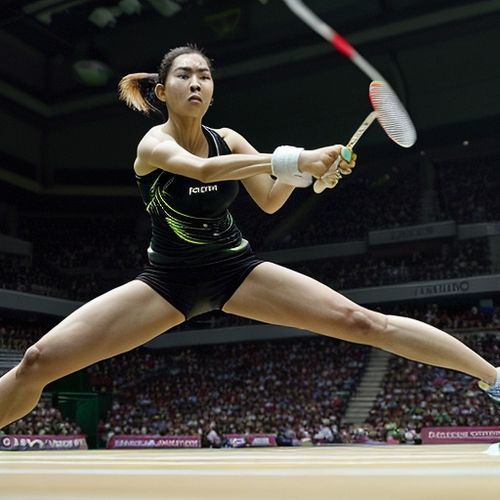
By Eric Ward/May 8, 2025
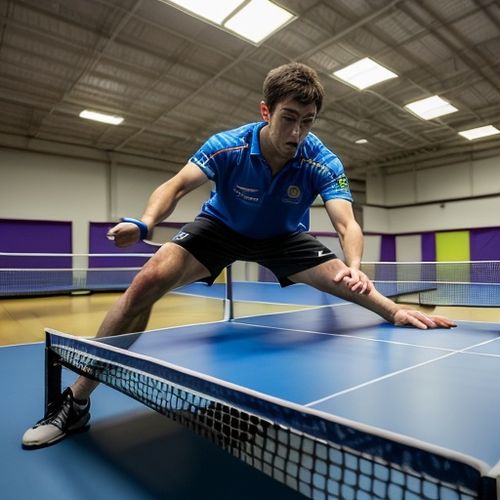
By Sarah Davis/May 8, 2025